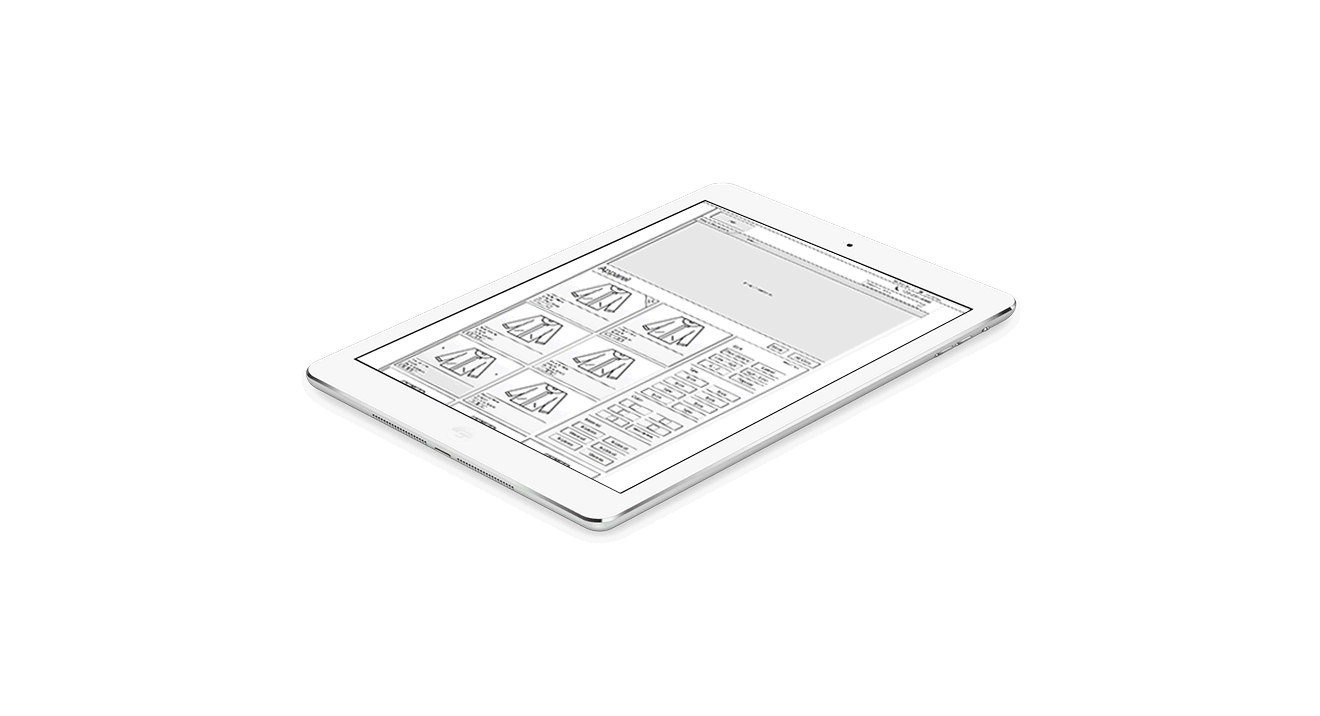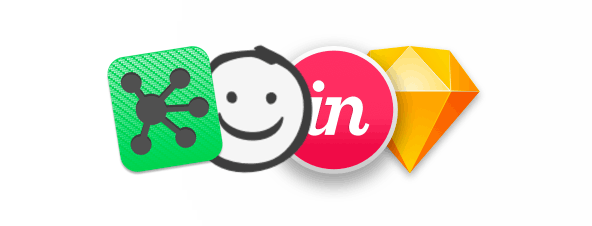Research
Research is vital to a successful project. It is done before designing in order to understand the target audience and to execute an effective experience based on a corporate landscape that features users and related businesses.
Once the research and design are executed, A/B testing through prototyping is an effective method to assess which options have a higher conversion and engagement rate.
Wireframes
Wireframes are crucial to the design process. Having the ability to create clickable wireframes allows me to test the experience before the final design is done. It also allows the rest of the team and clients to see the project without design to understand the user experience. This saves development time also.
To view samples of wireframes please contact me.
Prototypes
Instead of simply handing my final designs to the developer, I use tools like InVision to furnish a prototype that presents the final designs and also suggests options for fine-tuning the experience.
Execution
Now that the research and wireframing are complete, let the fun begin. This is done in a few stages.
1. Collect assets
Utilizing hi-res assets helps me stay on the cutting edge. With screen displays getting ever denser in pixels and technology, high quality assets ensure that my clients stay in the design vanguard. Using vector graphics when appropriate significantly enhances clarity.
.PNG files are pixel based, meaning they are made with many little boxes forming the shape, because of that, curves always look fuzzy when they should look crisp.
SVG, EPS, and other vector-based files are my ideal options for logos or design elements like icons or UI assets.
2. Design
It's time to distill all of the research and resource options into a design. My designs are often built within the client's existing brand language. When appropriate I construct an entirely new identity. In either case, establishing brand design rules creates consistency across a multi-page site or a series of print ads. Minute care with colors, fonts, layout, and images assures the correct brand message.
3. Get Feedback
I use feedback from clients and fellow design professionals. I also get it from a wide variety of people who will see and respond to the work: those who have an interest in the client and those who would not click on your client's ad EVER, except for the moment they are caught by the design.
Here are some Slack communities that offer very intelligent feedback.
4. Completion
Actually, its almost never "final." Some tasks in this stage are: ensure that each layer of the file is labeled correctly before it is sent to a developer; do a full test of the design language; optimize all images. Every pixel counts.






